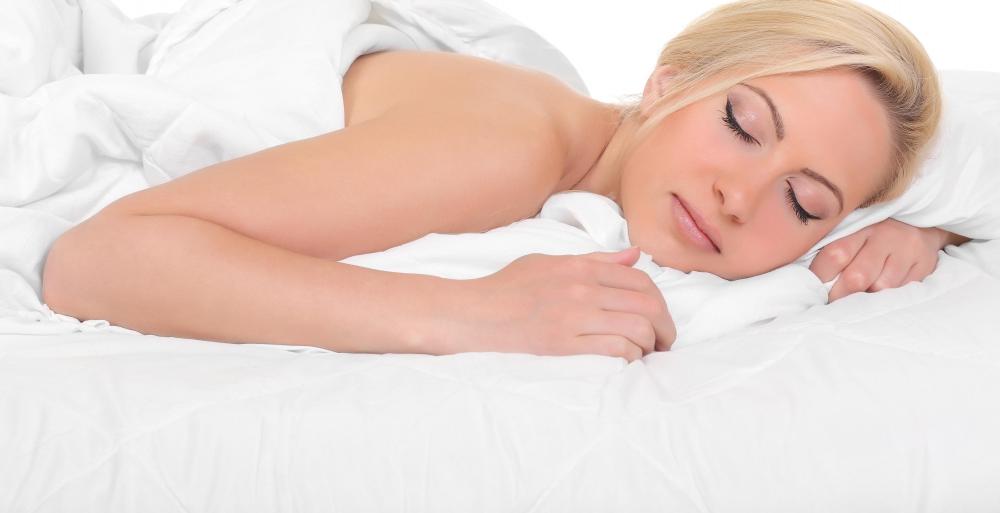At WiseGEEK, we're committed to delivering accurate, trustworthy information. Our expert-authored content is rigorously fact-checked and sourced from credible authorities. Discover how we uphold the highest standards in providing you with reliable knowledge.
What is a Bugleweed?
Bugleweed, sometimes called Bugle, is one name for plants in the Ajuga genus of the Labiatae, or mint family, and contains about 40 species. These perennial, ground-hugging plants form a dense mat via runners, and growers often use them as ground covers in gardens and lawns. Landscapers may use this plant for erosion control, but it spreads easily and may become invasive. It is native to parts of Europe and Asia, and thrives in warm to cooler climates. Generally, the plant thrives in a shady, moist habitats.
The leaves in all bugleweed species mostly are the same spatula or spoon shape, and generally grow in basal rosettes. The species determines if the leaf is smooth, lobed, or slightly toothed. The leaves often are green, but depending upon the cultivar or species, they may be silver, burgundy, bronze, or other reddish colors. Some leaves are variegated or splashed with color, including some with yellow blotches.

Bugleweed flowers rise from the plant's stolon, a shoot from the plant's central rosette, or rhizome, a thick underground stem, dependent upon the species. The flowers grow in whorls on square stems, typical of the mint family. The flower spike may be 3 to 6 inches (about 7 to 15 cm) tall, sporting white, blue, or purple blooms. Generally, they have two-lipped tubular flowers, with the upper lip being very small and the lower lip large and divided into four petal-like segments.

Ajuga pyramidalis, or pyramid bugleweed, is a clump-forming plant that reproduces with rhizomes without stolons. The dark green leaves are basal rosettes that have obovate, or oval and narrower at base, leaves that are somewhat hairy and slightly toothed at the edges. The flowers vary in color from pink to pale violet to deep blue, and usually have purple, fringed bracts. Including the bloom stalk, the plant's overall height is 6 to 10 inches (15 to 25 cm) and the width is 18 to 24 inches (45 to 60 cm). The cultivar "Metallic Crispa" has crinkled green and purple leaves.

Generally, gardeners plant the bugleweed as borders or edging plants, in rock gardens, and in outdoor pots, as well as using them for ground covers. They usually thrive in full sun in cool climates and in partially shaded areas in hotter climates. Even in natural areas, the plants propagate through stolons or rhizomes, and growers divide the rooted plantlets of the mother plant. In the United States, they are hardy from USDA zones three through nine.

One type of bugleweed — A. reptans — has some traditional medicinal uses, but it is easily confused with Lycopus virginicus, another bugleweed. There are contradictory beliefs as to the value of A. reptans as an effective herbal medicine. Some people call it "carpenter's bugle," probably because an anointment from the plant may help staunch bleeding. Traditionally, herbalists used it to treat wounds because the plant is a potent astringent. Others recommend it for heart palpitations and as a mild herbal sedative for curbing persistent coughs. Although the plant is aromatic, it is very bitter to the taste.
AS FEATURED ON:
AS FEATURED ON:














Discuss this Article
Post your comments